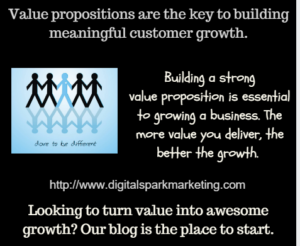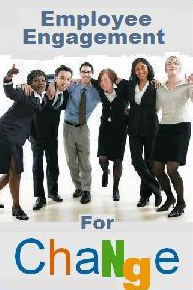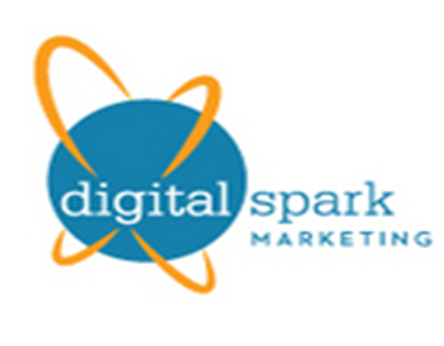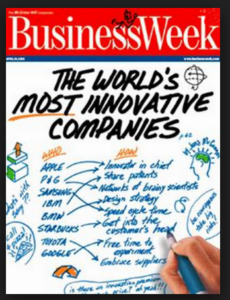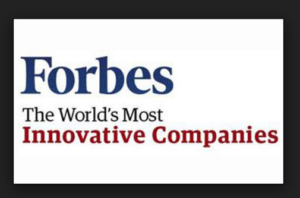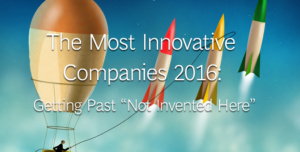Awesome culture design influence on employees can be way beyond what you imagined them to be.
You aren’t in the coffee business serving people. You’re in the people business serving coffee.
– Howard Schultz, Starbucks

David Freemantle and Howard Schultz certainly appreciate how to build awesome culture designs, don’t they? One that has a large influence on your business. Creating such a culture is occupying the minds and activities of a lot of companies that we’re talking about lately.
Check out our thoughts on team leverage.
Here is an example:
I recently was on the phone with an incredibly chipper call center rep at a telecommunications company. He didn’t answer either of the two questions that I had, yet remained friendly throughout the call. As the call ended, he said: “We aim not just to meet your expectations, but exceed them. Have I done that for you today?”.
A more customer-centric response is: “I’m sorry that I can’t answer your questions. Let me find someone who can. Would you like to hold or can I call you back?”
Don’t get us wrong: Company intentions are important. Before we get into the culture part, we always step back with clients and ask “what kind of culture?”
Culture. It’s a word you often hear if you follow blogs on entrepreneurship or read articles on business and management. But what is it exactly?
According to Frances Frei and Anne Morriss at Harvard Business Review:
Culture guides discretionary behavior, and it picks up where the employee handbook leaves off. Culture tells us how to respond to an unusual service request. It says whether to risk telling our bosses about our new ideas, and whether to surface or hide problems. Employees make hundreds of decisions on their own every day, and culture is our guide.
Each culture has different tactics and unique qualities. But, universally, culture is about the employees and making sure they have a fun and productive working environment.
Let’s dive in to learn more about this important subject.
Culture design … why care about culture?
The workplace should not be something that people dread every day. Employees should look forward to going to their jobs. In fact, they should have a hard time leaving because they enjoy the challenges, their co-workers, and the atmosphere. Jobs shouldn’t provoke stress in employees. While the work may be challenging, the culture shouldn’t add to the stress of the work. On the contrary, the culture should be designed to alleviate work-related stress.
This is why culture matters. Culture sustains employee enthusiasm and helps build passion.
You want happy employees because happiness makes for better productivity. And when a business is more productive, that means it is working faster; and when it works faster, it can get a leg up on the competition. So it’s worth the investment for companies to build and nourish their culture.
When you put a focus on culture, you’ll have guiding principles. People will know you for this. Employees will live by it. It’ll help get you through difficult times. You’ll base hiring and firing decisions on the principles. It’ll help get all employees working on the same company mission. In some sense, it’s the glue that keeps the company together.

Here are some of the best cultural elements we use in team workshops with our clients:
Employee empowerment
Train your staff and then empower them and turn them loose. Minimize rules. Let them know that you want them to do what is right and be the customer’s advocate. The simple thought is that while the client is not always right, they always have the right to choose.
Hiring people who fit your culture
Tech Journalist Robert Scoble meets with a lot of CEOs. And when talking about hiring decisions, they always try to make sure they don’t hire jerks. It’s for this reason that companies have such a rigorous hiring process. Some companies like to bring potential hires into work before a final decision. They give the candidates a project and see how they collaborate and how they work with others.
In a post on Harvard Business Review, Eric Sinoway breaks down types of employees and how they impact company culture. The high-performing employees who don’t fit into your culture are known as vampires. These vampires must be terminated because, while performance is solid, their attitude is detrimental to company culture, which is harmful to business.
Zappos CEO Tony Hsieh, one of the strongest advocates of high culture, makes an excellent point when he notes that the people you hire represent your company even outside of work. If you meet someone and they tell you where they work, your perception of that place will change based on your opinion of the person. If they’re nice, you’ll view the company in a positive light. If they’re a jerk, you won’t see the company favorably.
This effect can be even greater when it’s a company you’ve never heard of and didn’t previously have any opinion of. If the person is helpful, you’ll view the company as helpful. This is why it’s important to hire individuals who share your business values.
Design culture meaning … total team involvement
Remember in marketing as well as service, everything and everybody is a service provider. Make it a total team effort and culture. Customer service is everyone in the company’s business. Unless every employee assumes responsibility for customer experience and service, you will be missing improvement opportunities.
Do it, don’t procrastinate
We feel the words of Martin Luther King Junior spoken about a half a lifetime ago, apply well as an essential element of culture:
“We are now faced with the fact, my friends, that tomorrow is today. We are confronted with the fierce urgency of now. In this unfolding conundrum of life and history, there is such a thing as being too late. Procrastination is still the thief of time. Life often leaves us standing bare, naked, and dejected with a lost opportunity. The tide in the affairs of men does not remain at flood — it ebbs. We may cry out desperately for time to pause in her passage, but time is adamant to every plea and rushes on. Over the bleached bones and jumbled residues of numerous civilizations are written the pathetic words, “Too late.”
Good decisions come from anywhere

No one has all the answers. A company where only management makes decisions is a surefire way to send A and B players away to other businesses.
As some companies get bigger, they tend to limit employee freedom. The employees are less and less involved in critical decisions, and their impact on the business is drowned out. It becomes a part of the culture. Employees go to work, do what they’re told, and just help someone else achieve their dream. The worker’s impact on the business is minimal, and they become “just another employee at just another company.”
But this is not what the best employees want.
They want to have a voice and a meaningful impact on the company and its direction. They know that anyone can win a debate with the most senior person at a company. They also know they can create tools for the business without the need for management approval.
Companies have greater success when employees are given the type of freedom that isn’t ruled by a hierarchy, assuming they’re talented employees who fit the culture. Knowing that the right decision can come from anywhere and expanding employee freedom are cornerstones of attracting talented individuals who will fit into the culture if you let them.
Invest in talent and training
Regarding hiring, companies like Whole Foods focus on getting the right people in the door to start with, so that their socialization builds on fueling a fire that’s already there.
Volution (a software company) infuses job announcements with its customer-centric values, and KeyBank tests applicants for natural approaches to customer issues that align with the company’s values.
The bottom line
The lessons of a true culture remain to inspire everyone to do the same. One act of friendliness stands out as a beacon for others to follow.
It’s up to you to keep improving your ability to create a customer-friendly culture.
All you get is what you bring to the fight. And that struggle gets better every day you learn and apply new lessons.
When things go wrong, what’s most important is your next step.
Test. Learn. Improve. Repeat.
Are you devoting enough energy to each of these steps to improving the elements of a healthy culture?
Have you found additional ways to focus and motivate a true culture in your business?
So what’s the conclusion? The conclusion is there is no conclusion. There is only the next step. And that next step is entirely up to you.
It’s up to you to keep improving your business culture. Lessons are all around you. In many situations, your competitor may be providing the ideas and or inspiration. But the key is in knowing that it is within you already.
Digital Spark Marketing will stretch your thinking and your ability to adapt to change. We also provide some fun and inspiration along the way.
More reading on business processes from Digital Spark Marketing’s Library:
Change Management Case Study… 7 Volatile Challenges to Overcome
Business Blog … Learning from the Best Examples
The Business Intelligence Process Part 4 SWOT Analysis




